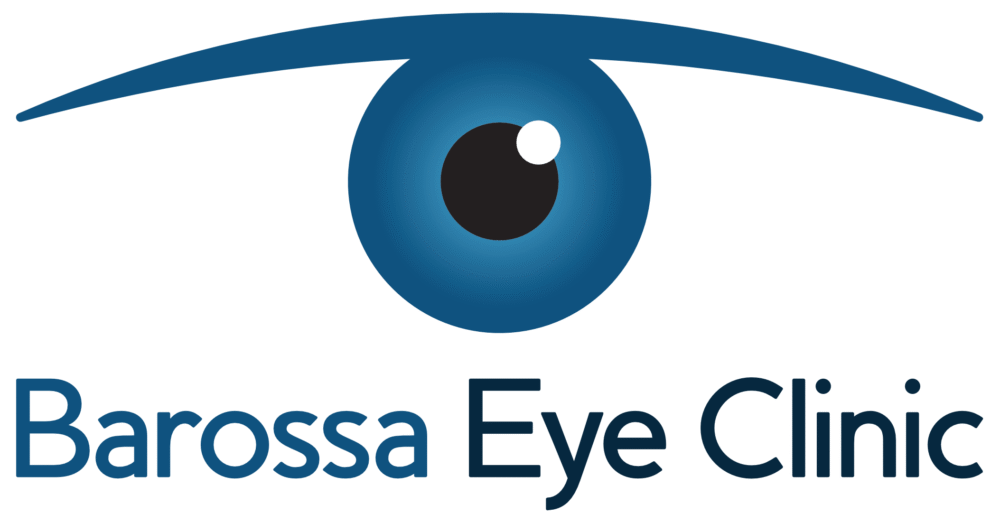Oculoplastic Surgery
Lid Malposition’s
Ectropion (Outward Turning Eyelid)
Ectropion occurs when the eyelid turns outward, often due to age-related laxity, facial nerve paralysis (e.g., Bell’s palsy), or scarring from injury or burns.
Common Symptoms
- Excessive tearing
- Burning or irritation
- Chronic eye discomfort
Treatment
Age-related ectropion: Eyelid tightening and repositioning.
Scar-related ectropion: May require a skin graft or cartilage graft for support.
Entropion (Inward Turning Eyelid)
Entropion typically affects the lower eyelid and causes the lashes to rub against the eye surface, leading to irritation and damage. It is often caused by a loose eyelid, scarring, or inflammation.
Common symptoms
- Eye irritation
- Excess tearing
- Gritty or burning sensation.
Treatment
Age-related: Lower lid tightening procedure
Scarring or inflammatory causes: Release of scar tissue with possible mucous membrane grafting
Eyelid Skin Cancers
Due to chronic sun exposure in Australia, skin cancers on the eyelids are not uncommon. These often begin as persistent bumps or discoloured patches that do not resolve on their own.
Warning signs to look for
- A lesion that doesn’t heal after a few weeks.
- Growth, bleeding, itching, or colour change
- Changes compared to surrounding skin.
Management
Early detection is key. If suspicious, we perform a small biopsy. If confirmed, we surgically remove the lesion with a margin of healthy skin to ensure complete excision. Early-stage cancers may even be treated with topical creams, potentially avoiding surgery. The earlier a lesion is detected, the more straightforward the removal and the better the functional and cosmetic outcome.
Ptosis
Ptosis (pronounced toe-sis) refers to a drooping upper eyelid. It occurs when the eyelid sits lower than normal and may partially or fully cover the eye.
The eyelid is normally lifted by a muscle called the levator, which is connected to the lid via a tendon called the aponeurosis. When this connection weakens or stretches, the lid begins to droop.
Causes of Ptosis
There are several causes of ptosis, including:
- Age-related (involutional) ptosis – The most common cause in adults. Over time, the aponeurosis stretches or loosens, causing the lid to droop. The levator muscle itself remains functional.
- Long-term contact lens wear – Repeated insertion and removal of lenses can stretch or weaken the eyelid tissues.
- Following surgery or injury – Eye operations or trauma can damage or stretch the muscles or tendons that lift the lid.
- Nerve-related ptosis – Sometimes, the nerves controlling the levator muscle are affected.
- Congenital ptosis – Present from birth, usually due to a poorly developed or weak levator muscle.
The Effects of Ptosis
- The upper eyelid droops and may block part of your vision.
- Some patients experience eye strain, headaches, or fatigue, especially later in the day.
- To see more clearly, you may raise your eyebrows or tilt your head back.
- It can affect one or both eyes and may also impact the symmetry and appearance of the face.
Ptosis Treatment
Mild Cases
If symptoms are minor and vision is unaffected, no treatment may be needed.
Surgical Options
Surgery aims to lift the eyelid to restore clear vision and achieve a natural appearance. Your eye health and the strength of the levator muscle will guide the choice of procedure.
- Aponeurosis Advancement – Suitable for most adults with involutional ptosis. Performed through a small cut in the eyelid crease. The aponeurosis tendon is tightened with dissolvable stitches. Often done under local anaesthetic, allowing more accurate lid positioning while you’re awake.
- Levator Resection – Used when the levator muscle is weak, especially in children with congenital ptosis. The levator muscle itself is shortened to lift the lid.
- Müller’s Muscle Resection – Performed from the inside of the eyelid. A thin muscle is shortened using stitches. Only done if you show a positive response to a special eye drop test during your assessment.
- Fasanella-Servat Procedure – A less common option, used only for very mild ptosis. Also performed from the inside of the eyelid.
- Brow Suspension (Frontalis Sling) – Used when the levator muscle is very weak or non-functional. A sling connects the eyelid to the forehead muscle, which helps lift the lid. Material may be taken from your own body (e.g. tendon from the thigh) or use synthetic material like silicone.
Surgery aims to lift the eyelid, which will:
- Improve vision.
- Reduce eye strain or discomfort.
- Restore symmetry and a natural appearance.
An ideal result means:
- The eyelid sits at a normal level.
- Both eyelids are even and symmetrical
- The eyelid has a natural curve.
- The eye closes fully and comfortably.
